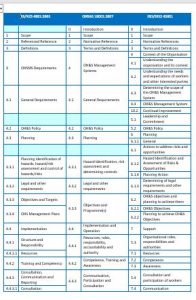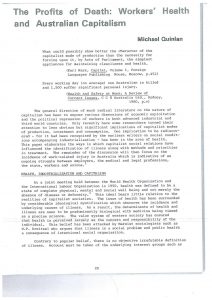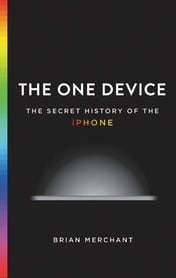 In front of thousands of delegates and dignitaries, the 21st World Congress on Safety and Health was officially opened yesterday by the Singapore Prime Minister Lee Hsien Loong.
In front of thousands of delegates and dignitaries, the 21st World Congress on Safety and Health was officially opened yesterday by the Singapore Prime Minister Lee Hsien Loong.
There are three themes of this conference:
- Vision Zero – From Vision to Reality
- Healthy work—Healthy life
- People-centred prevention

 Innes Willox of the
Innes Willox of the  Following yesterday’s article on the impending international occupational health and safety (OHS) management Standard, ISO45001, some readers have asked for more details.
Following yesterday’s article on the impending international occupational health and safety (OHS) management Standard, ISO45001, some readers have asked for more details.  Occupational health and safety (OHS) is increasingly being touted as an integral part of a company’s organisational culture. Sometime this is described as a workplace, or safety, culture. If OHS is to be considered thus, it is important to understand other cultural perspectives. One of the most prominent in Australia, at the moment, is the culture of the banking sector.
Occupational health and safety (OHS) is increasingly being touted as an integral part of a company’s organisational culture. Sometime this is described as a workplace, or safety, culture. If OHS is to be considered thus, it is important to understand other cultural perspectives. One of the most prominent in Australia, at the moment, is the culture of the banking sector. 
